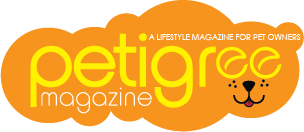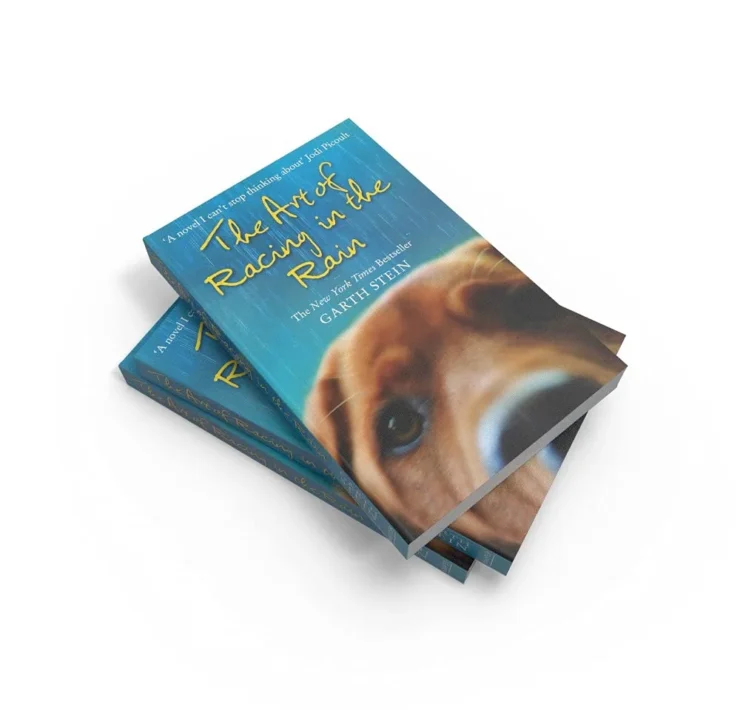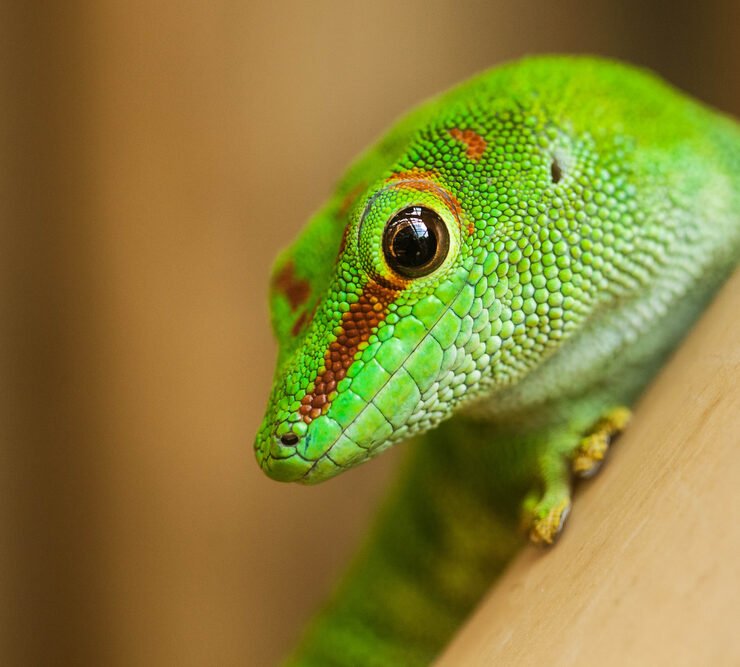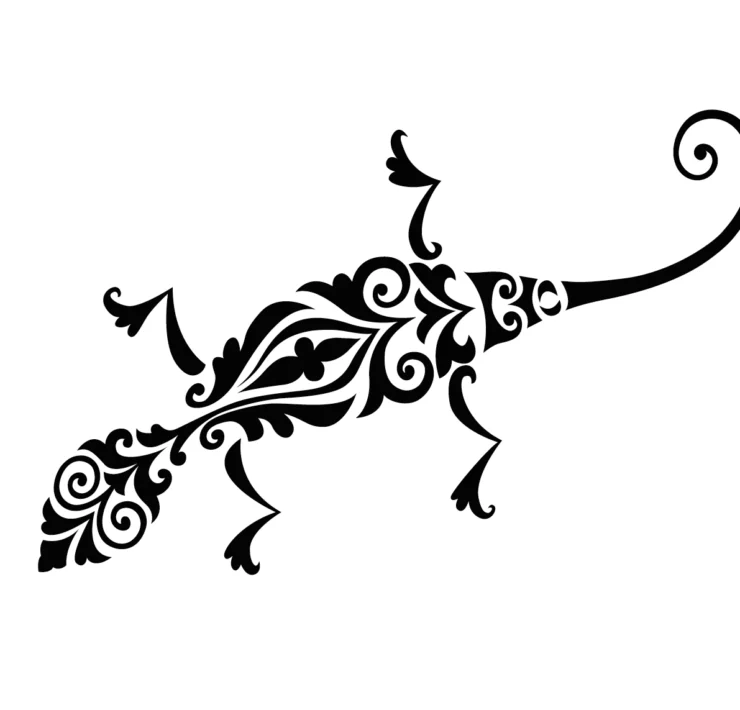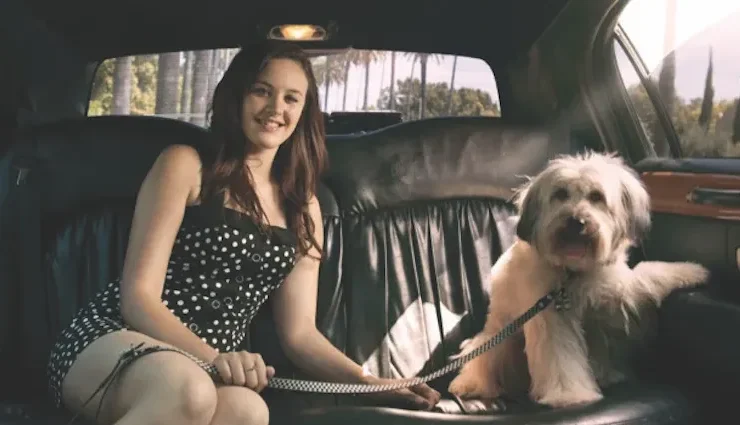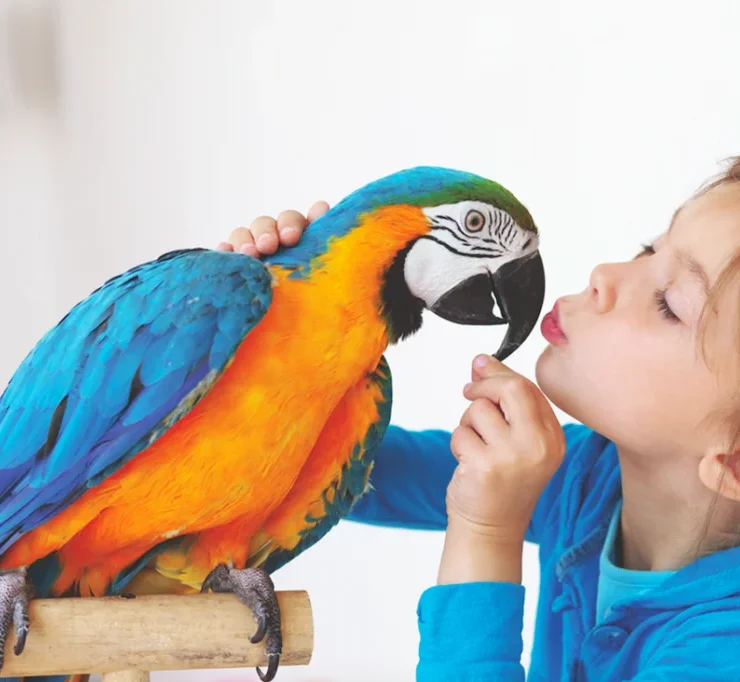From Catwalk To Sledging
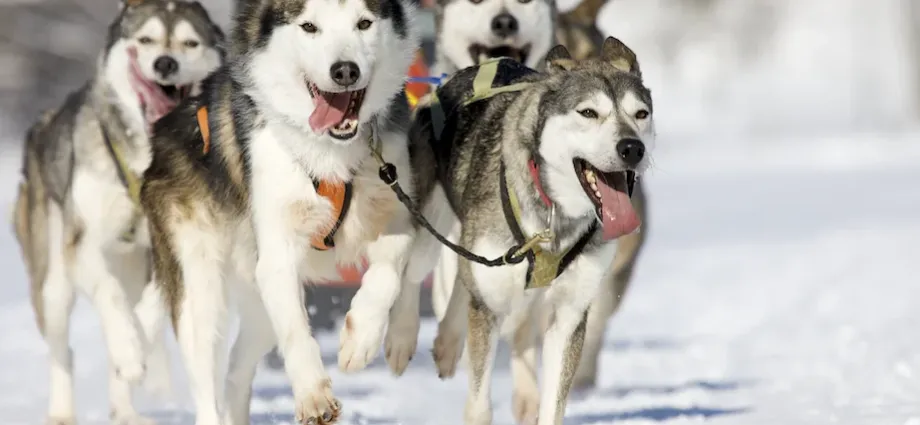
She walked the runway in fashion capitals of the world and travelled across the globe as part of her modelling career. However, after a successful career spanning nearly 13 years, she then found her true calling; her passion and love for animals.
In an exclusive interview with Petigree Magazine, Zoya DeNure tells us how she went from modelling to becoming a professional sprint musher in Alaska.

What prompted you to switch from modelling to taking care of sled dogs?
I would say it was a fluke! No, honestly, it was not something I saw coming or would have anticipated! I came back home to Wisconsin from runway modelling in Italy in 1999. I needed a break from this hectic lifestyle and travelling I had confined myself to. In doing so, I decided to take a break for one year.
It was during that year I bought a Siberian husky puppy and named him Ethan. He was just my house pet. I met a woman in the area who had 75 sled dogs. She was a professional sprint musher. I used to think sledding was only in movies. She became my mentor and taught me how to take care of the dogs, feed them, harness them and run them with the sled. From there, my mind went into over drive!
Were you fond of pets since childhood?
Yes! We had cats and I volunteered at the local animal shelter. I leaned cages and walked dogs. I worked on a dairy farm taking care of baby cows from the age of 9-11. Those were the happiest years of my childhood!
What pets do you have at home?
I still have Ethan with me. He is now 16 years old and another husky mix named Maudie. Sometimes retired sled dogs come to the house as well. We also have two bunnies for our daughters.
How did your family members react to your new job?
My mother was very supportive when I told her I was moving to Alaska. She knew I was looking for a change and was excited to see me so passionate about something I truly believed in. Most importantly, she loves dogs and we share the same affinity towards animals.
In what ways has your life changed since you got involved with animal welfare?
I have lots of responsibilities now if you think about it! I went from being a single girl to a kennel owner of 50 dogs, a wife and now a mother of two young children (5 years old and 3 months old.) I spend a lot of my time outside working with the animals. On Friday nights, instead of being out with girl friends, I am most likely found on a sled running my team under the moonlight through the mountain terrain. I have to work hard to pay for this lifestyle with dogs.
We train full-time with the dogs to prepare them for racing. We rescue dogs and rehabilitate them here; we run the kennel like a business – daily hours, routines and schedules. It involves keeping a good record on training miles, dog’s personal history and lineage. My working week is not less than 60 plus hours a week!
What are the aims of “The Crazy Dog Kennel”?
We aim to have successful racing each year! The Crazy Dog Kennel is quite small compared to its competitors. Yet, we feel proud of ourselves that we aim to make a difference in the lives of each dog we train, rescue and rehabilitate.
We are not like your typical kennel. Our training is all positive and natural, keeping the dogs very happy. The dogs that do not make it to the racing team stay to run tours or we find a nice place for them that can recognise their needs and talents.
We aim to educate and teach what is now considered a lost skill or dying lifestyle by bringing groups of like-minded people, schools and touring visitors into our kennel and teaching them about training, care, racing and all around mushing. The races are visible and easy for people to follow and a great platform for us to teach others about making positive changes within the sport.
We want to see all the dogs trained in a positive way. The races make our kennel visible to the world on a global level. We also aim to build an indoor facility here on our property for education and rescue but need to raise more money first through private donors or sponsors.
What triggered your interest in the Iditarod race?
That is the only race I had ever heard about. It receives the most media attention out of all the races. I was intrigued because the idea of camping with the dogs in the wilderness, running long distances and running over varied terrain was interesting. Running day and night seemed like a great adventure! The Iditarod race offers mushers a 9-12 day trip across Alaska with some of the world’s best dog teams and drivers. What a grand way to travel!

How do you feel about the stereotype that women cannot compete in mushing races?
There are definitely more men than women in this sport. I do like to prove that women can do anything they set their heart and mind on to! I was just thinking I could do it just as good as the men when I first started 12 years ago. My mother always told me I could do or be anything I set out to be. She was right. So I set no limits on myself. Ever! I just kept faith, worked hard and always kept trying. It was like one foot in front of the other.
This is a message we need to keep on spreading to our girls of future generations. I am a mother and a wife now and still living my dreams. But I work very hard for all of it.
What conditions were these Alaskan huskies living in before you launched your institution to do something?
Some of these huskies came from other kennels where they were neglected, starved and sometimes handled poorly. Each dog has a story and it takes time to gain its trust, but once we do, it is like watching a flower bloom. We have a very basic kennel set up outside but it is the work we do with them that creates a change.
How tough was it for you when it came to learning the know-how of this highly competitive race?
It takes time but yes, it was a great challenge. Knowing how to train, feed, and take care of these canine athletes under extreme weather conditions is very important and the key to success. Learning how to take care of ourselves (keeping hydrated, mental clarity when sleep deprived) takes time, practice and error…but we evolve as we race from year to year.
Also the strategy of racing itself takes time, patience, common sense and a little bit of luck. There are layers and layers to mushing and racing dogs. Like in life, we hopefully evolve and become better!
Were you ever criticised by the male rivals?
Yes! Some of the men would say I would not last because I was a model or I was too pretty to be on the trail with dogs. Once I overheard them saying it was my husband’s team, I quickly replied, “No guys, this is my team that I have trained.” That got their attention and respect.
What is it that you like about this sport?
I like seeing my dogs do what they love to do, it is in their blood. They were born and bred to run. I also love it when other people see my beautiful dogs in action. Being able to run across Alaska on a sled with my furry friends in a prestigious competition with other well-regarded and well-trained teams is not just fun but very satisfying. We all work very hard at this together.

How integral is the sport to one’s way of life over here?
Our life is scheduled around the dogs training and racing schedules. It is an
all-encompassing lifestyle. Spend a week at our kennel, you will forget about everything else for a while!
How many huskies have you rescued so far?
Hundreds! We have also re-homed many each year, when they are ready and once we find suitable homes. Some go on to be house pets whereas some go on to race here or with others.
Where are the rescued ones being sent to or rehabilitated?
They come here. We do everything here. We just bought a home on 30 acres near a great little community. This is why it is important that we build a nice facility for education and rescue.
What foods do you give them to eat?
A high performance dry kibble is made for race dogs. Also salmon, beef, chicken, pork fat and horsemeat are served which they eat 2-4 times daily.
How difficult is it for you when it comes to training your sled dogs for the races?
It can take all day sometimes! We start in August and by December the dogs will have around 1,000 miles logged on. The sled runs are 4-9 hours long. It is difficult to do all of my training, with little kids at home to look after and I do not want to be away that much right now and so, my husband, also a top musher, helps with a lot of the training. The dogs know and like him the same! We do everything together, sharing meal preparations, house chores, kennel management, training, etc.
What is the major reason behind people abandoning these dogs to live on their own?
I believe there are many reasons, the top ones being cost and the time it takes to care and train. Some people say the dog is too slow, too thin, wrong colour, too shy and so on and some need to move out of state for work.
How important has your husband’s role been in making this a success?
Huge! I am very passionate about what we do but it takes the two of us to do all that we do. He is very kind to the dogs, very patient, understanding and willing to work for 20 hours a day without hesitation. Together we work on it full time like it is the most important thing. I am really thankful for that.
Did he also have the same degree of love for animals just as you harboured?
Yes, that is a very special thing about him. His heart belongs to his animals and his family.
What are your plans for the future?
We will continue to race hoping to make a difference in the lives of the dogs by building a facility and continuing the work we do. Our mission is to inspire others who also live with big dreams in their hearts and to educate those interested in the sport. Anyone interested in becoming a private donor or sponsor will automatically become a member of ‘The Crazy Dog Kennel’ canine rescue and racing. We are a non-profit and all proceeds go toward building a canine wellness facility.
